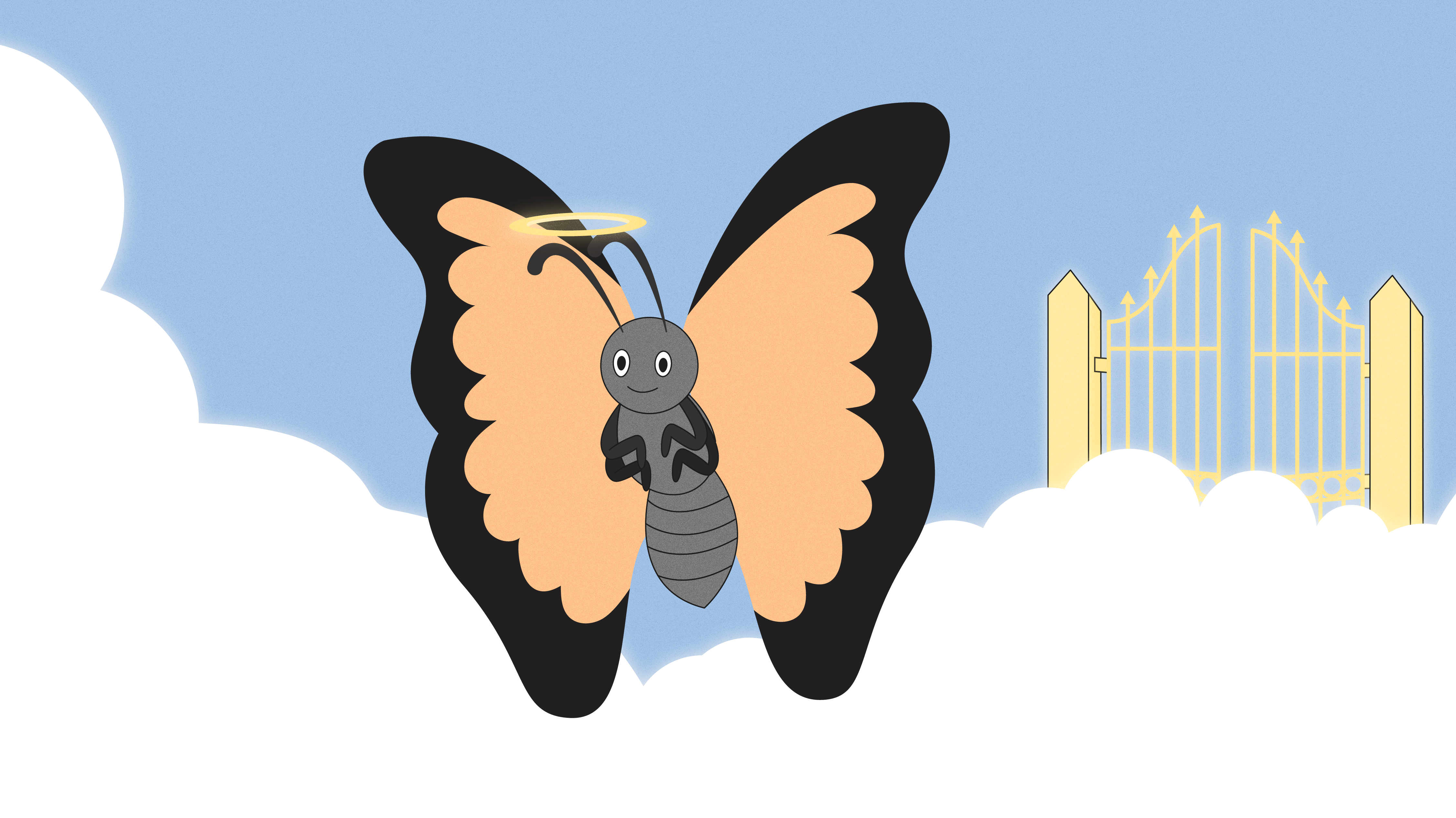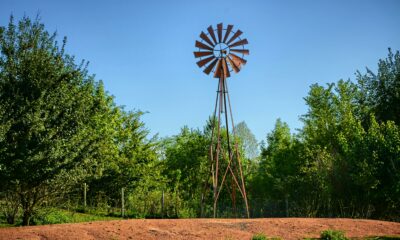Features
Where Are The Butterflies?

As a child, I used to have an open box where I stored butterflies. In different species, I will catch and watch them flutter around inside the box and after a while, I will take the box outside and open it for them to fly out. Watching them fly out in different directions, in their different, satisfying colours, gave me endorphins. It became an obsession that my mother had to step in. She seized the box and flogged me anytime I held a butterfly. She launched the reaction the day she saw me holding a dead butterfly. It died in my hands and I didn’t want to let it go.
As I grew older, this obsession subconsciously reduced too. One, because I became busier with life realities and two because butterflies just seemed absent. Something I didn’t exactly realise until some time ago when it occurred to me that the last time I saw a butterfly was – just to give an approximate number – 6 years ago when I moved to the city. It became more concerning for me that I had to text a friend in another city to ask the last time they saw a butterfly. They can’t remember either but they were sure it was many years ago. I thought this was peculiar until I asked people in my hometown and they confirmed the same. I know a lot of natural creatures are going extinct but it never occurred to me that butterflies, with their vibrant colours and delicate beauty, will be affected.
Around the world, butterflies are gradually disappearing. In 2022, Friend of the Earth, an initiative of the World Sustainability Organisation, launched a Global Butterflies Census as part of a drive to end the rapid decline in butterfly and moth species. According to the organisation, “The monarch butterfly, maybe the most iconic species, has declined by 99% in the past 40 years. The IUCN (International Union for Conservation of Nature) has designated the monarchs’ migration, from Canada and the north of the United States to southern lands, as a threatened phenomenon.” In the UK, in a Guardian UK report, butterflies have vanished from nearly half of the places they once flew since 1976, according to a study.
My friends and I grew up building sand houses on the open field beside our house. We would mould sand around our small, tiny legs to form houses and design them into different patterns. We would catch many butterflies, put them in these houses and just watch them. We did almost every day we were on the sand field and it was just satisfying. My friends and I didn’t grow up owning many toys but we never needed the toys because the butterflies were enough. And now, I can’t remember the last time I saw the beautiful creatures that made my childhood memorable.
In Nigeria and Africa, their disappearance is particularly alarming because the continent lacks accurate data documentation to that effect. But in Nigeria, like everywhere else in the world, various factors contribute to the disappearance of butterflies, such as climate change, deforestation, and other human-induced activities. Climate change is a significant driver of butterfly population decline globally because rising temperatures and increased frequency of extreme weather events are directly impacting butterfly habitats. Nigeria is currently experiencing an unprecedented high heat wave and butterflies are highly sensitive to temperature changes as their life cycles are closely tied to specific climate conditions. For instance, studies have shown that extreme heat can disrupt their mating and feeding behaviours, leading to reduced reproduction rates and higher mortality. The African Monarch butterfly, once common in many parts of Nigeria, is now found less frequently in its traditional habitats due to the changing climate. According to several studies, the rising temperatures and changing rainfall patterns are forcing butterflies to move to cooler, more stable environments, which are becoming increasingly scarce in Nigeria too.
Deforestation is another critical factor contributing to the decline of butterflies. Nigeria has one of the highest rates of deforestation in the world, losing over 3.5% of its forest cover annually. Forests provide essential habitats for butterflies, offering food sources, breeding grounds, and protection from predators. As these forests are cleared for agriculture, logging, and urban development, butterflies lose their homes. For example, the Cross River rainforest, which is home to numerous butterfly species, has been significantly affected. Reports indicate that butterfly species diversity in the region has declined by over 50% in the past decade due to habitat destruction.
Urbanisation and habitat fragmentation are also posing additional threats to butterfly populations. As cities expand, natural habitats are being divided into smaller, isolated patches. This fragmentation makes it difficult for butterflies to find suitable homes and flowers to feed on, leading to decreased genetic diversity and increased vulnerability to environmental changes. Houses and constructions in Lagos and Osogbo where I am more familiar with have encroached upon natural habitats, making it challenging for butterflies to survive. Green lands that once supported diverse butterfly populations are now rare, and those that remain are often polluted and degraded.
Butterflies primarily feed on nectar from flowers, which provides them with the essential sugars and nutrients needed for energy and survival. They also feed on tree sap but where are the lands with flowers and trees with sap? The combined impact of these factors poses a threat to not only butterfly populations but also to the ecological balance and biodiversity of the world. While we do not yet live in an entirely artificial world, we also cannot consider our current environment entirely natural. I am more concerned about what the future holds for my children. They might not get to touch butterflies. What do we do now?




















